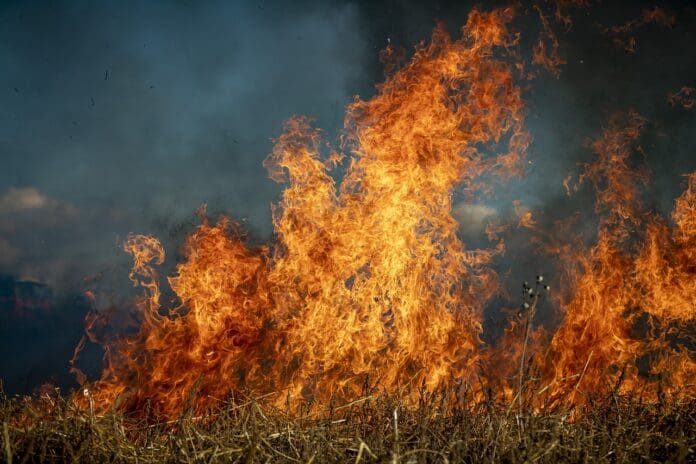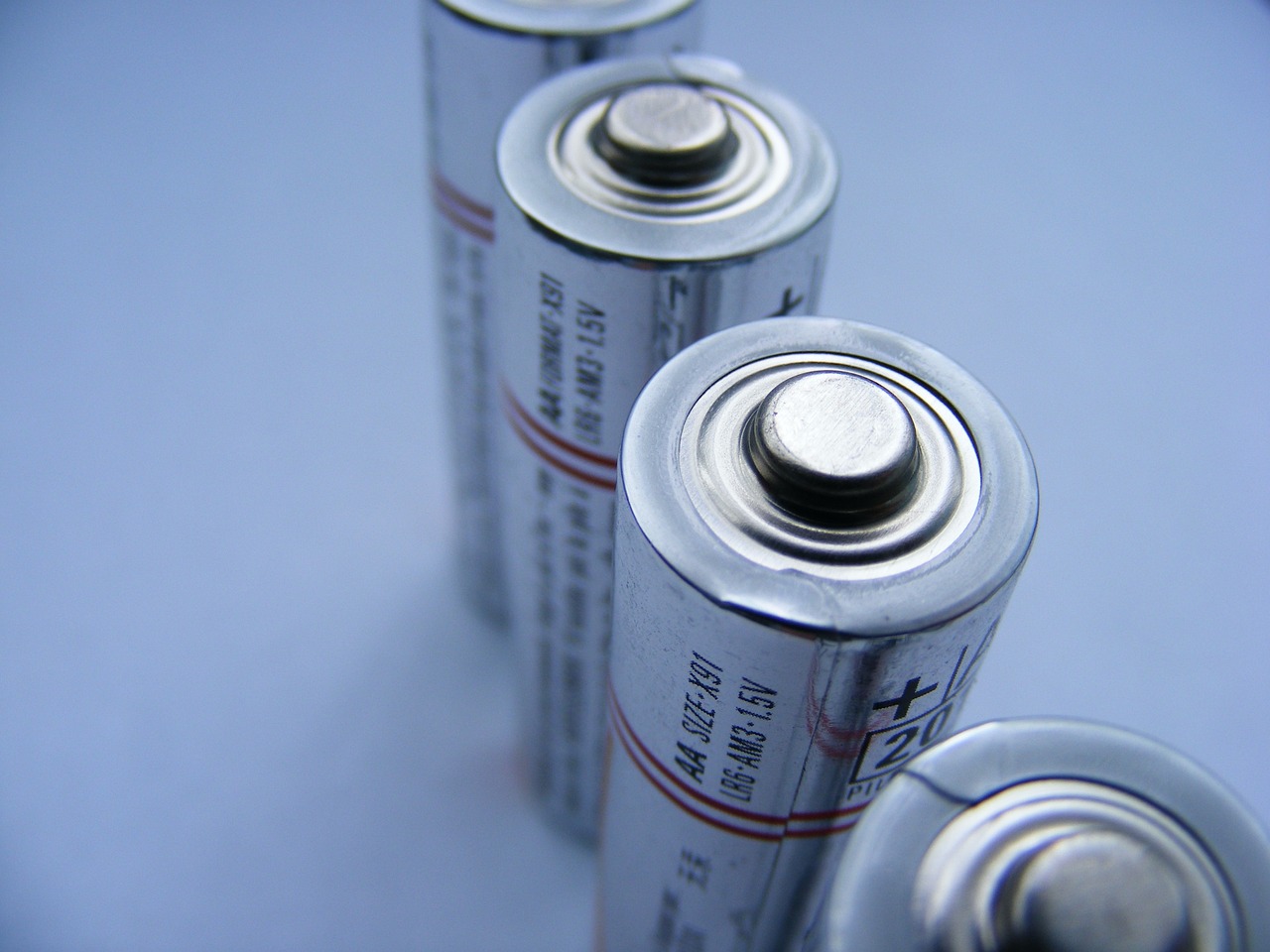This post is also available in:
 עברית (Hebrew)
עברית (Hebrew)
Protecting homes and critical infrastructure from fire is a perpetual concern for many people. To tackle this issue, researchers at Stanford University have developed an innovative water-enhancing gel that can drastically improve fire protection, offering a promising solution that outperforms existing commercial products in both effectiveness and durability.
Traditional water-enhancing gels used for wildfire defense typically dry out within 45 minutes under harsh conditions, which limits their effectiveness when a fire approaches. Eric Appel, an associate professor of materials science and engineering at Stanford, explains that the gel that was developed by the team has a broader application window and that you can spray it further in advance of the fire and still benefit from its protection, according to Interesting Engineering.
Traditional gels are based only on water to protect from fire. This new and pioneering gel developed by the Stanford team introduces a multi-layered defense mechanism, enhancing both versatility and longevity. It combines a cellulose-based polymer with silica particles. Under the intense heat of a wildfire, the water in the gel evaporates, and the cellulose burns away, leaving behind a silica-based aerogel. This aerogel is a lightweight, porous material renowned for its superior insulation properties.
The team explained in the press release: “We have discovered a unique phenomenon where a soft, squishy hydrogel seamlessly transitions into a robust aerogel shield under heat, offering enhanced and long-lasting wildfire protection. This environmentally conscious breakthrough surpasses current commercial solutions, offering a scalable defense against wildfires.”
Hydrogel changing into aerogel is crucial to the gel’s effectiveness. The silica particles that remain after the water and cellulose are gone form a foam-like structure that acts as a superb thermal insulator that protects the substrate underneath it completely.
Tested with direct flames from a gas hand torch, the gel provided protection for over seven minutes before the plywood underneath began to char. This is an impressive achievement when compared to water-enhancing gels that are available commercially, which typically last less than 90 seconds.
The gel remains stable during storage, can easily be sprayed on with standard equipment, and adheres to various surfaces. Composed of non-toxic materials, it is also environmentally friendly and easily breaks down in soil. The team hopes to pilot-scale this technology soon to help protect critical infrastructure during wildfire events.
The research was published in the journal Advanced Materials.


























